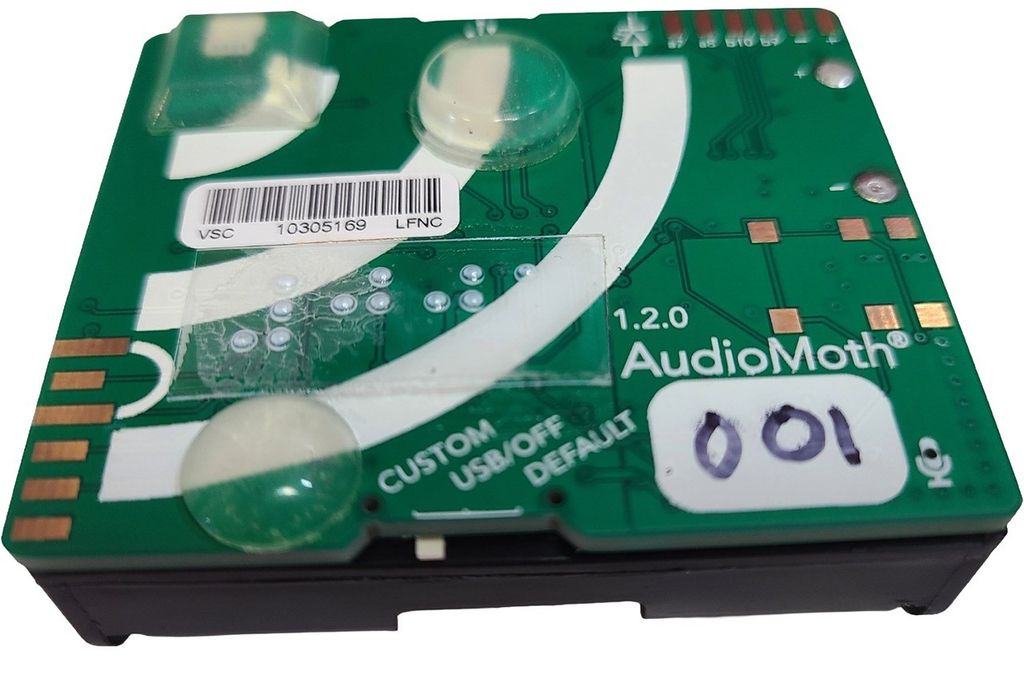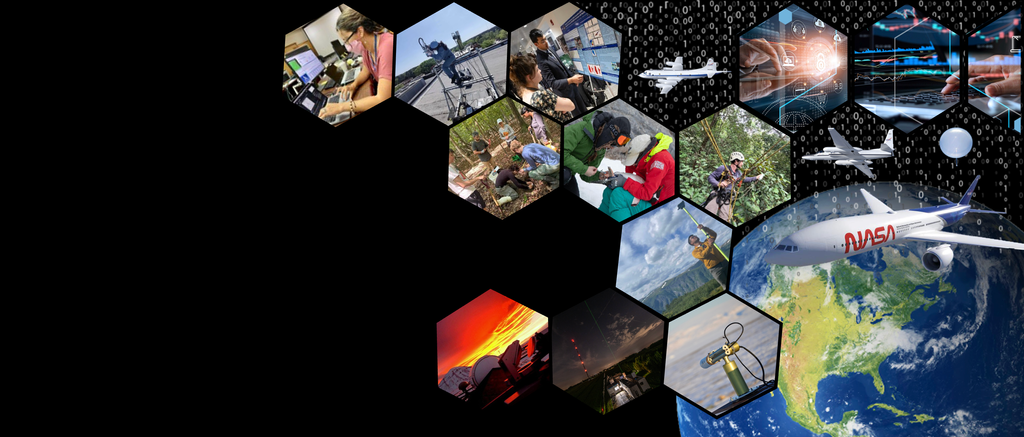When President George Bush visited NASA’s Headquarters in Washington, D.C., on Jan. 14, 2004, it was just two weeks from the first anniversary of one of the agency’s darkest moments.
On Feb. 1, 2003, space shuttle Columbia disintegrated during re-entry from its mission to the International Space Station. Mid-morning, Bush delivered the somber news to the nation – “The Columbia is lost; there are no survivors.”
Less than a year later, the president was set to deliver more space-related news to the nation – this time in determined tones.
“America is proud of our space program,” the president began on that day in early 2004. “Inspired by all that has come before, and guided by clear objectives, today, we set a new course for America’s space program. We will give NASA a new focus and vision for future exploration. We will build new ships to carry men forward into the universe, to gain a new foothold on the moon and to prepare for new journeys to the worlds beyond our own.”
Bush then outlined his plan – to return the space shuttle to flight until the year 2010, to complete the International Space Station, to build a new American space vehicle, to go back to the moon and possibly beyond.
For the nation, it was a bold vision of exploration. For everyone at NASA’s John C. Stennis Space Center, it was a clear signal – there was work to be done.
Stennis Space Center, near Bay St. Louis, Miss., was established in the mid-1960s to test the massive Saturn rocket engines and stages that carried Apollo astronauts to the moon. Every manned Apollo mission was powered by engines tested at Stennis.
After surviving the post-Apollo transition, Stennis then became responsible for testing every engine used in the Space Shuttle Program. Stennis engineers tested the first space shuttle main engine in 1975 and continue such testing today.
However, even as that work continues, Stennis engineers are looking to the future and what will be needed to power the new Constellation Program, the name given to NASA’s program to go back to the moon and travel beyond.
The Constellation Program calls for the development of two new rockets – Ares I crew launch vehicle and Ares V cargo launch vehicle. The rockets will be powered by two types of engines ¬– the J-2X engine, an upgraded design of the J-2 engine that was used to propel the Saturn rockets, and the RS-68B, a modified version of the RS-68.
Work on both is under way – and Stennis is playing a key role.
The massive test stands at Stennis will be used to test both engines. Work has begun to prepare the B Test Complex for testing the RS-68B. The A-1 and A-2 Test Stands will be used to conduct sea-level testing of the J-2X engine. Also, in August 2007, NASA officials broke ground for the construction of the new A-3 Test Stand for altitude testing of the J-2X. It is the first test stand to be built at the facility since the 1960s and will be the largest ever constructed on site. About 4 million pounds of structural steel will be used to construct the 300-foot-tall test stand. The height and design will enable engineers to simulate altitudes of up to 100,000 feet. That is critical since the J-2X must have the capability of starting at such altitudes.
In addition to the new stand, Stennis engineers are providing valuable data for development of the J-2X engine. They recently completed a series of tests on critical J-2 components, pushing them to limits that will be needed for the J-2X and recording how they performed. The data supplied by Stennis engineers will be used to upgrade the components, which then will be returned for additional testing.
Before the J-2X and RS-68B engines are used to lift a spacecraft into space, Stennis engineers will make sure they will perform as needed. It is a mission responsibility they are used to fulfilling – and a mission challenge they are determined to continue meeting.
Indeed, when the Stennis Space Center was designated as a historic aerospace site earlier this year by the American Institute of Aeronautics and Astronautics, center Director Robert D. Cabana paid homage to the past while emphasizing the work of the future.
“Our test stands are monuments to our accomplishments of the past, but they are also the launch pads for the dreams of what we can accomplish in the future,” he said. “Once again, we have a new challenge in front of us as we … prepare to return humans to the moon. The historic test stands at Stennis will continue to pave the way to space.”
Apollo. The Space Shuttle Program. Constellation. Whatever success these NASA endeavors enjoyed and will enjoy, they all share one thing in common – the path to space must go directly through south Mississippi and Stennis Space Center.
As the president concluded on that January day in 2004 at NASA’s Headquarters, “Mankind is drawn to the heavens for the same reason we were once drawn into unknown lands and across the open sea. We choose to explore space because doing so improves our lives and lifts our national spirits.
“So, let the journey continue.”
For information about Stennis Space Center, visit: https://www.nasa.gov/centers/stennis/.
Related Multimedia:
+https://www.nasa.gov/centers/stennis/news/releases/2008/HEC-08-156-cptn.html
– end –
text-only version of this release
Paul Foerman, NASA Public Affairs
NASA Public Affairs Office
Stennis Space Center, MS 39529-6000
(228) 688-1880
Paul.Foerman-1@nasa.gov






























